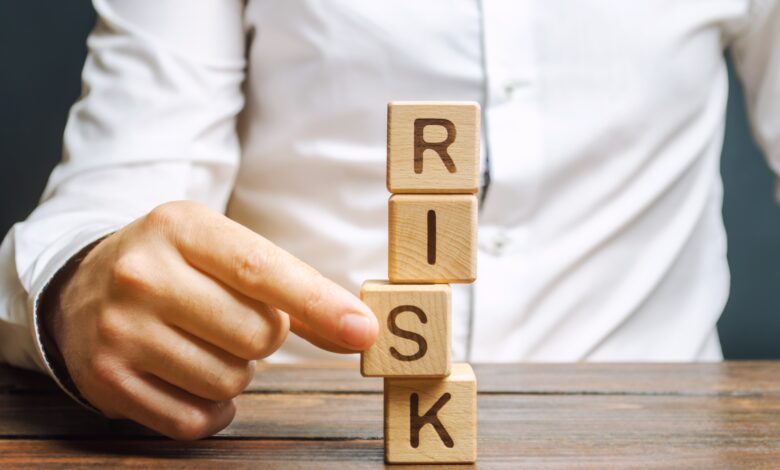How To Carry Out A Useful Risk Assessment

Risk Assessments can seem like little more than a box-ticking exercise and a waste of time that could be better spent on your day job!
However, the fact is that risk assessments can be a useful tool for ensuring the safety and wellbeing of yourself and your employees if you make it relevant to your business.
Carry out an inspection
The first part of any risk assessment is an inspection. What type of inspection you carry out will depend on what type of industry you are working in.
For example, in the medical profession, a fall risk assessment will be carried out in facilities where care is provided to elderly patients. This ascertains the risk of falling for patients and what the facility can do to minimize that risk.
In most workplaces, a health and safety risk assessment will be carried out. This involves inspecting your premises for anything that could pose a potential risk to you and your employees over both the short and the long term.
When carrying out this type of risk assessment, it is important to think about both what the risk is and who it is most likely to affect. For example, you might identify a risk of damage to hearing if someone were exposed to noisy machinery over a long time period. The people most at risk are those directly working with that machinery.
Identifying these risks is an important part of keeping your employees safe.
Open up a conversation
If you want your risk assessment to be truly useful, it’s important that you start a dialogue with your staff about it. Staff will have insights that you don’t about the hazards they navigate daily and what could be done to resolve them.
Often, people feel uncomfortable coming to their superiors with issues like these, so it’s important that you make it clear that you want to hear their feedback.
The most effective way to encourage feedback is to ask for it and be available when people want to talk to you. It’s also essential that you take action on any feedback that is given to you, otherwise, people won’t want to bring their ideas to you in the future.
It can be effective to involve members of staff in the initial inspection, as they will be able to spot things that you don’t, as they have specialist knowledge of how their jobs are actually done. It’s also a good idea to make your findings public for other staff members to make comments and suggestions.
Implement physical safety measures
Once you’ve identified your possible risks, implement physical safety measures to mitigate them.
Hand railings, for example, are an important way to keep people safe from falling, and they are effective because they don’t require any specialist training to use.
Check out oxfordsafety.co.uk for expert advice on implementing physical safety measures to keep your employees safe from falls, including hand railings, covers for manholes, and roof flooring.
Keep reviewing
Once you’ve carried out your report and implemented your safety measures, keep reviewing them. Every time there is a change within your workplace, a risk assessment should be carried out, and it should be carried out periodically, too.


